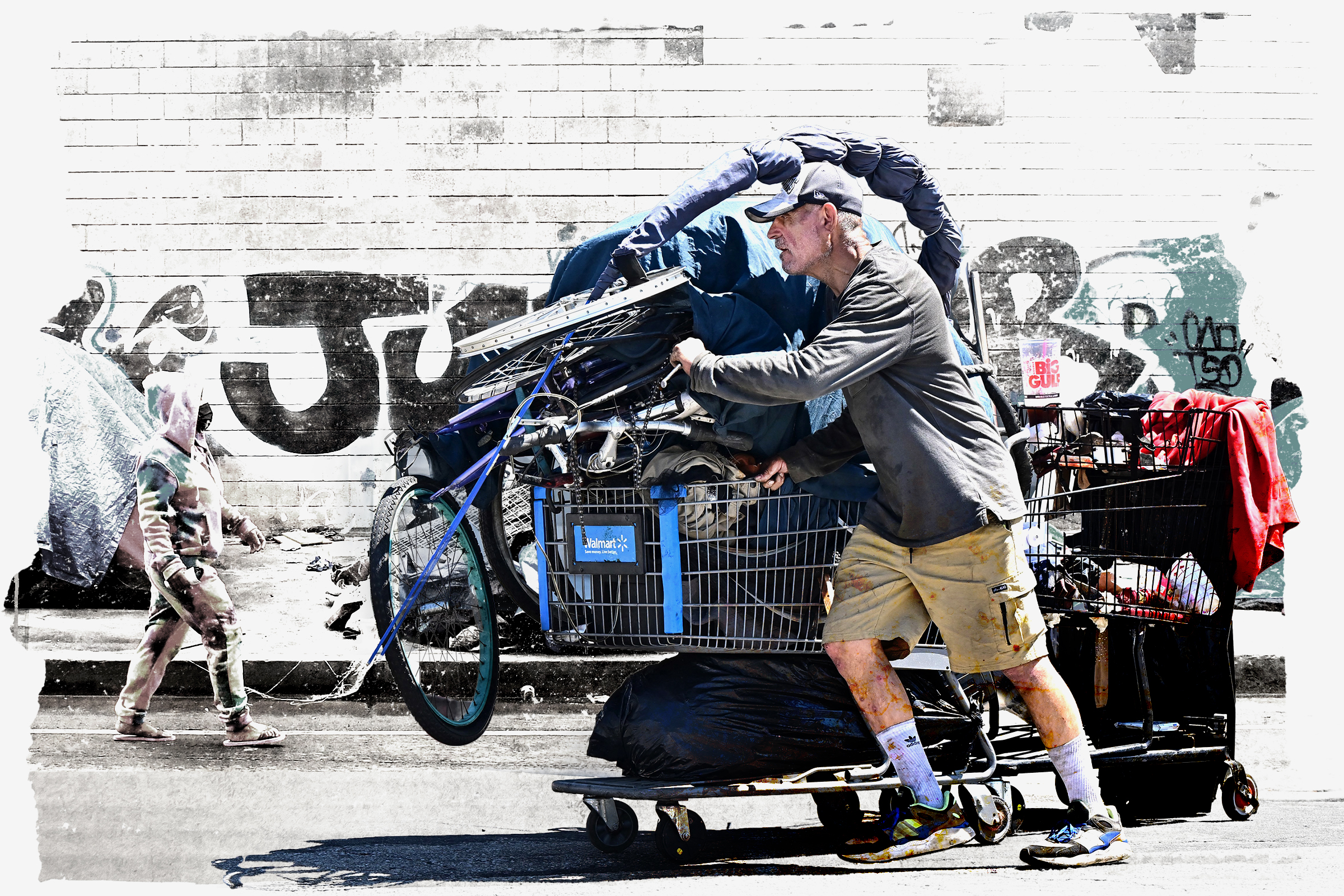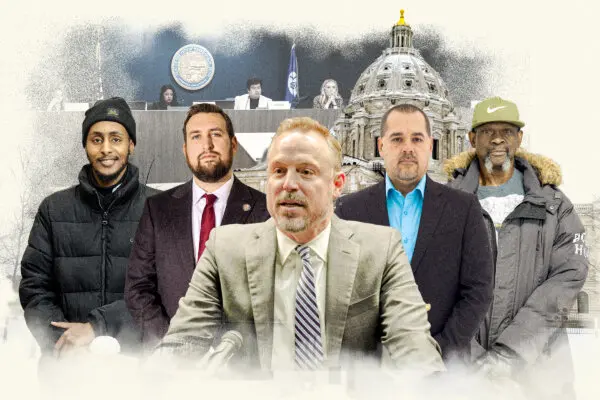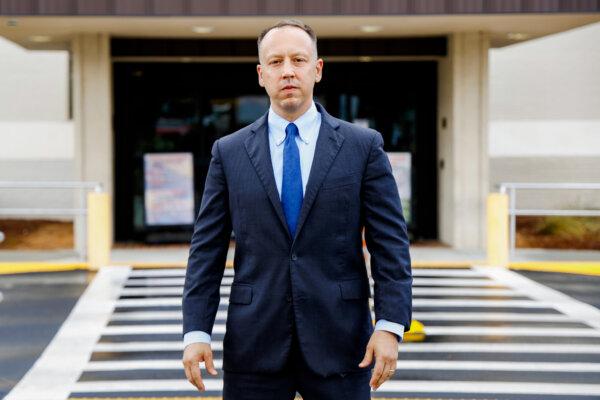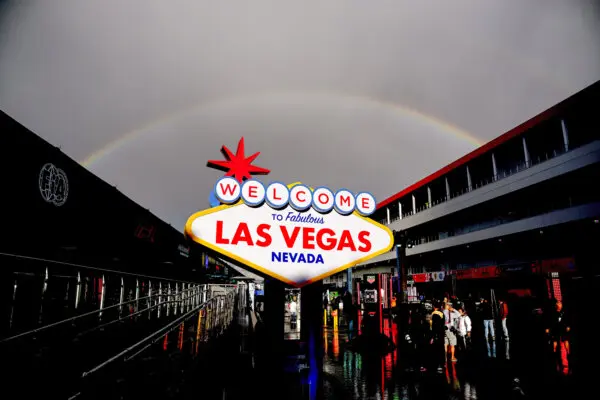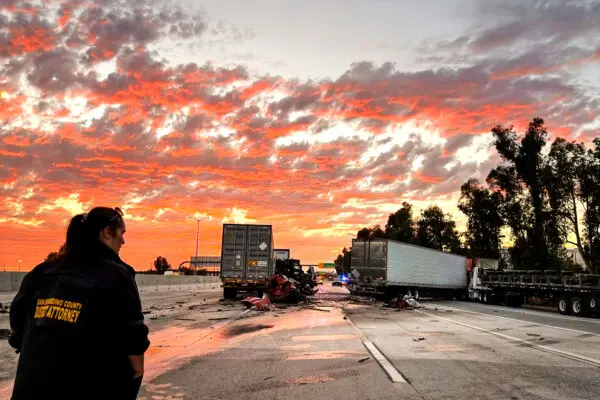LOS ANGELES—In a highly anticipated ruling, the Supreme Court on June 28 held that cities can restrict homeless encampments on public property, overturning lower court rulings that say penalizing people for sleeping outside violated the Eighth Amendment’s prohibition on cruel and unusual punishment.
For local governments, the ruling brought clarity after years of legal limbo, restoring local control over the delicate balance between protecting the rights of homeless people and protecting public safety and health.
